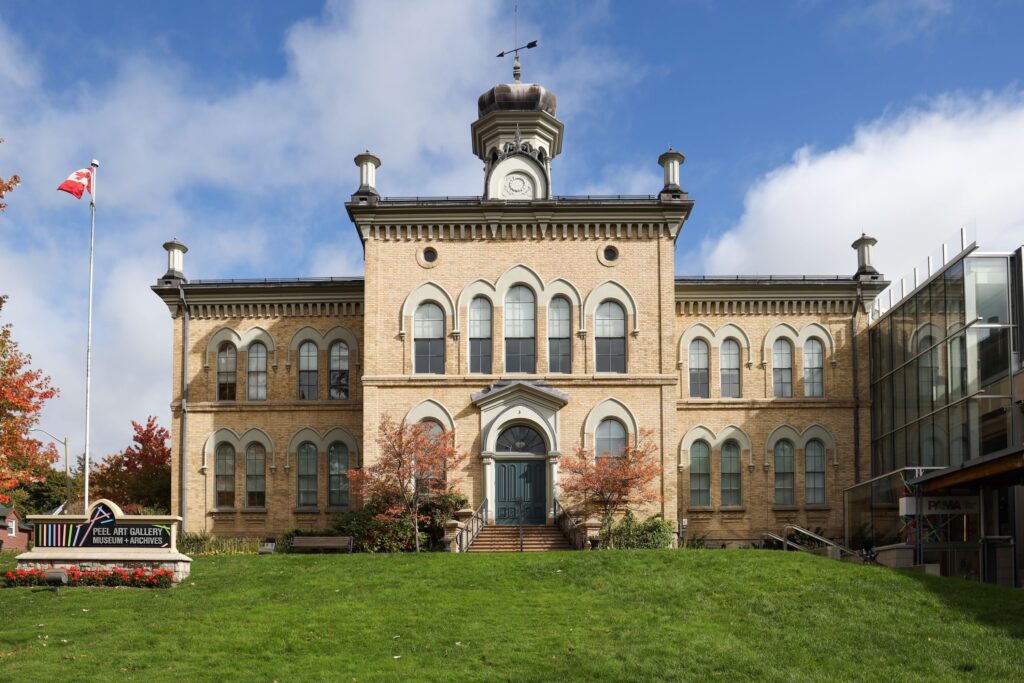Canada’s renowned commitment to diversity and inclusion has made it a beacon for those seeking refuge, offering a well-established pathway for individuals to become Canadian citizens. This article aims to help refugees understand how to apply for Canadian citizenship, providing an in-depth guide on the crucial steps and considerations.
Once you become a new citizen, you’ll be able to access Canoo where you can discover all the wonderful parts of Canada through national parks, museums, and more!
Understanding Refugee Status in Canada
Before delving into the application process, it’s imperative to grasp the concept of refugee status in Canada. Refugees are individuals who have fled their home countries due to a well-founded fear of persecution based on race, religion, nationality, membership in a particular social group, or political opinion. Seeking asylum and obtaining official refugee status is the initial step, involving a meticulous presentation of evidence supporting the legitimacy of the need for protection.
1. Seek Asylum and Obtain Refugee Status
The first step towards Canadian citizenship for refugees is initiating the asylum-seeking process and securing official refugee status. This involves navigating the refugee claim process managed by the Immigration and Refugee Board (IRB). The key here is to compile a compelling case supported by a lot of evidence that underscores the legitimacy of the need for protection.
2. Meet Residency Requirements
Once granted refugee status, the journey towards citizenship entails meeting specific residency requirements. Refugees must be physically present in Canada for a minimum of 1,095 days (three years) out of the preceding five years before applying for citizenship. Maintaining meticulous records of time spent in Canada is essential to fulfill this requirement and progress towards citizenship.
3. Apply for Permanent Residency
Before the prospect of Canadian citizenship unfolds, refugees must secure permanent residency. This involves submitting an application to Immigration, Refugees, and Citizenship Canada (IRCC). Refugees with protected person status can apply for permanent residency through the Humanitarian and Compassionate (H&C) Grounds application stream. This process takes into account factors such as establishment in Canada, the best interests of any children involved, and the potential hardship of returning to the home country.

4. Fulfill Language and Knowledge Requirements
Canadian citizenship requires proficiency in either English or French and a basic knowledge of Canada. Refugees can fulfill the language requirement through language test results or completion of recognized language courses. Additionally, they must pass the citizenship knowledge test, assessing their understanding of Canada’s civic values and institutions.
5. Gather Supporting Documents
Compiling supporting documents is a crucial aspect of the application process. These may include proof of identity, refugee status documents, permanent residency confirmation, language test results, and any additional documentation requested by IRCC. Ensuring the accuracy of all required documents is vital for a seamless application process. Also, make sure they are as up to date as possible before submitting them.
6. Submit Citizenship Application
With eligibility criteria met and documents in order, refugees can submit their Canadian citizenship application to IRCC. The application form (Citizenship Application for Adults and Minors – CIT 0002) can be completed online or in paper format. While a necessary application fee is involved, fee waivers are available for those facing financial hardships.
7. Wait for Processing
The processing time for Canadian citizenship applications can vary. Refugees can monitor the status of their application through the IRCC online portal. Patience is crucial during this period, as the government diligently evaluates each application to ensure all eligibility criteria are met.

8. Attend the Citizenship Test and Interview
As the application progresses, refugees may be required to attend a citizenship test and interview. The test gauges their knowledge of Canada, while the interview provides an opportunity for immigration officers to ask questions and clarify any concerns. Adequate preparation for the test and interview is paramount for a successful outcome.
For more information about the Citizenship Test, explore our guide here!
9. Take the Oath of Citizenship
Upon approval of the citizenship application, refugees are invited to a citizenship ceremony, where they take the Oath of Citizenship. This celebration marks the final step in the transformative journey towards becoming Canadian citizens. Participants pledge their allegiance to Canada and receive their official citizenship certificates.





